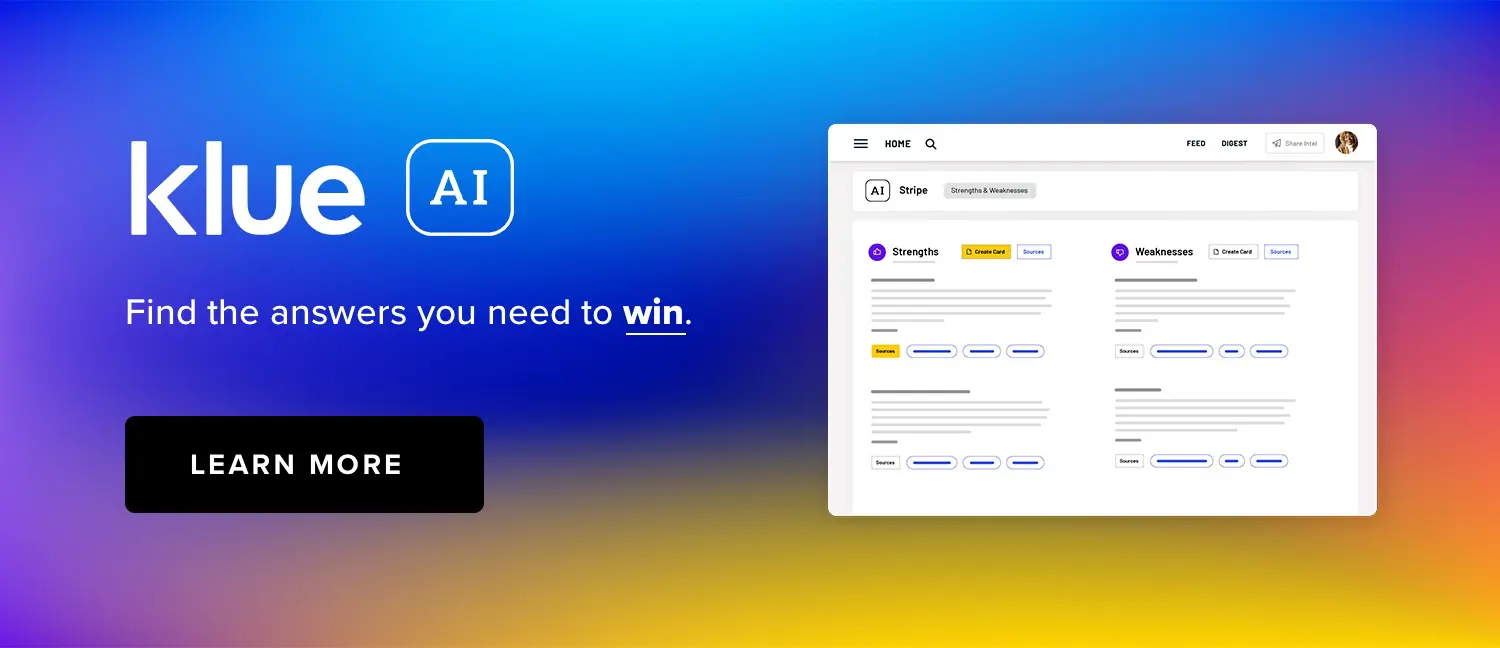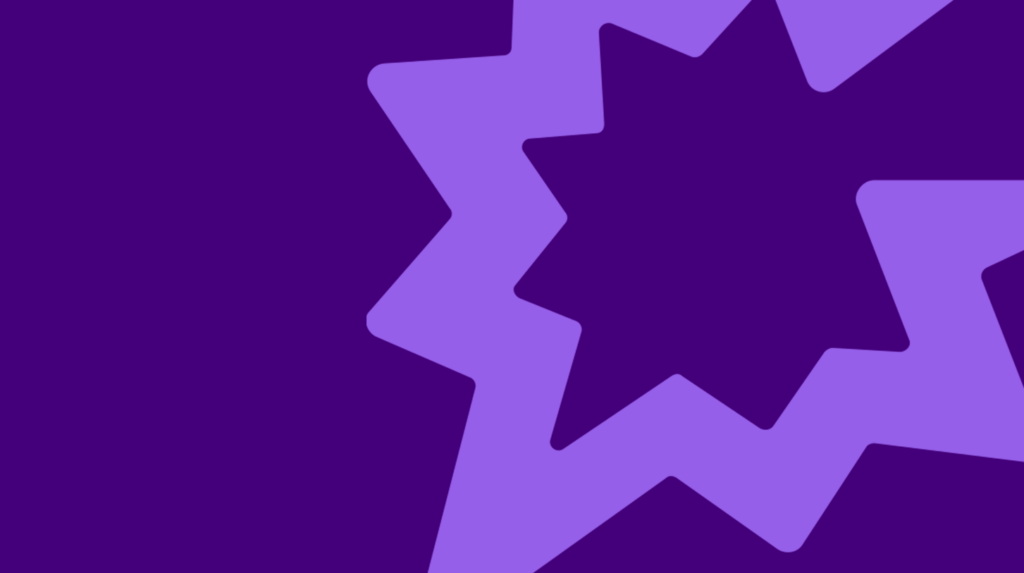Klue Compete
The Competitive Enablement Platform
Learn More

The old way of conducting competitive intelligence is dead.
There’s new tech, competitive landscapes are blowing up in a fraction of a time, and the needs of your businesses are immediate.
We sat down with a few of the sharpest competitive intelligence pros to understand how they’ve seen the competitive intel space evolve, and what they’re doing to keep ahead.
First up, we’ve got Dylan D’Urso, Competitive Intelligence Manager at Autodesk. He shares why the pendulum have swung for old analysis methods, where he’s using AI in his workflow, and the most impactful parts of his job.
You can watch our conversation below or keep on reading.
Dylan D’Urso: There has previously been a lot of emphasis on structured analytic methods like SWOT and Pestel analysis, and being obsessed with supporting the strategic decision makers at a company.
This is great, and it has a place, but competitive intelligence has really become a program or effort that has to support tactical, operational and strategic audiences.
When you’re supporting sellers, you don’t have time to run a complete SWOT analysis every day.
You have to meet them where they’re working. That’s where finding new ways to craft and add value becomes important.
Those structured methods, they’re just not as applicable, especially in a SaaS business where you have to give them timely information in order to help impact revenue.
One new method I’ve used is AI summarization and pulling out key findings from a piece of news or a transcript. That’s low-hanging fruit.
But I have started to explore more use cases for bringing disparate sources of information, analyzing them, and then pulling out the key findings across sources and finding out common themes.
I’ll look across 2 or 3 different data sources and use AI to do that, which has been a major benefit.
I’ve even used it more recently to create the first draft of win stories that we do internally. So after interviewing an account executive, uploading my notes, and letting the AI write the story, and then I’ll add my personal touch to it after the fact.
Dylan: The idea of maintaining trust and accuracy in AI from a competitive intelligence standpoint is huge.
I’m very fortunate at Autodesk because they’re is a leader in AI and it’s a core component of our our long term strategy.
Because of that, Autodesk has actually created an internal Autodesk GPT for employees to leverage to augment our work and our day to day operations. This investment that Autodesk has made allows me, without any hesitancy, to upload kind company information or information that I wouldn’t want to upload into ChatGPT.
I know that it’s being maintained and treated in a very safe and reliable way.
Now, I understand not not every company is going to be fortunate enough to have an internal AI resource to leverage like Autodesk has given us, but I would encourage others to go to their teams responsible for for creating internal tools and ask them why not?
Dylan: The biggest impact I see from from AI on on our Compete program this year, it really all comes down to time savings and allowing me to invest my time in other places.
The less time I’m spending doing redundant tasks like poring through pieces of news or pulling out key findings from an interview transcript, the more time I have to work on on higher impact efforts.
I can meet 1 to 1 with account executives or meeting with sellers, or meeting with customer success managers. The more time spent doing the things that AI can’t do.
Dylan: Something that I would really love to see in the future is being able to look at a win-loss interview summaries or transcript, and then cross-reference the learnings from that summary or transcript with where it aligns with our existing knowledge of a competitor based on what we published in Klue.
Whether it’s identifying areas that this corroborates or identifying areas of ‘hey, this is new information, or this is a gap in your battlecard for competitor X’, and then knowing that I need to dedicate time to to putting it there or going ahead and taking it across the finish line and inputting that information for me.
Keen to learn more about how Compete teams are using AI?
Check out our ‘AI in CI’ research report, or take a look at some of the ways you can prioritize your most important work with Klue AI.



Competitive Enablement
Interviews
Dylan D'Urso shares why old school competitive analysis, like SWOT and Harvey Balls, is old news in competitive intelligence.


You can new get your reps competitive insights from Klue instantly in the Gong Engage platform.


Let’s do it. Tell us a bit about yourself and we’ll set up a time to wow you.
Let's do it. Tell us a bit about yourself and we'll set up a time to wow you.
XLet's do it. Tell us a bit about yourself and we'll set up a time to wow you.
XSubscribe to get our latest AI functionality and news in your inbox.
XOur Buyer Pulse feature, set to launch in Q2 2024, offers valuable insights into the factors influencing buyer decisions in your pipeline. By signing up for the waitlist, we can better gauge interest and proactively engage with you to streamline the setup and integration process before the feature becomes widely available.
X